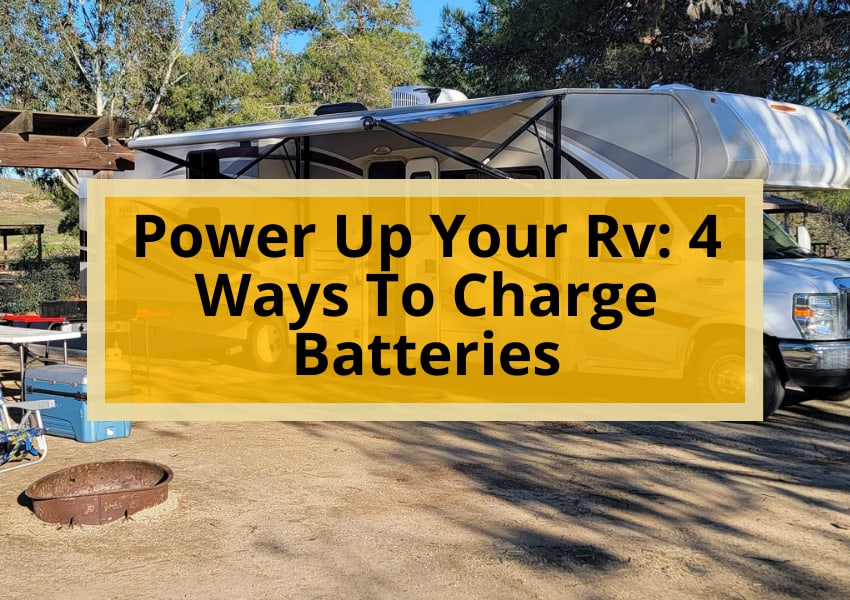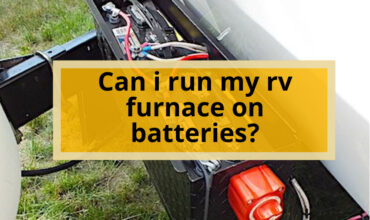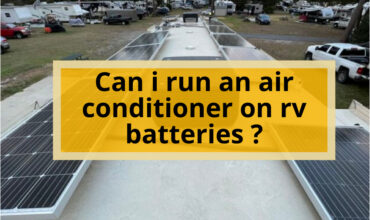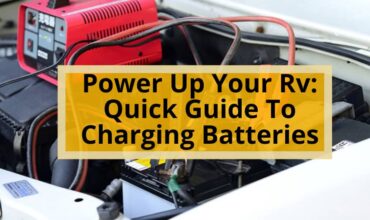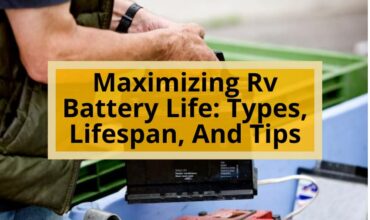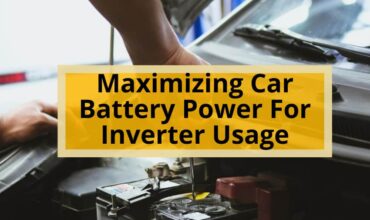RV travel has become increasingly popular in recent years, offering people the freedom to explore different parts of the country while enjoying the comforts of home. However, the key to a successful RV trip is ensuring that your batteries are charged and ready to go. With different charging methods available, it can be overwhelming to decide which one is the best fit for your needs.
This article aims to provide a comprehensive overview of the four most popular methods for charging RV batteries, including power converters, generators, solar power, and vehicle alternators. Each method has its own set of advantages and disadvantages, and we’ll explore them in depth. We’ll also offer tips for trickle charging and explain which charging method is best based on availability, speed, and other factors.
Whether you’re a seasoned RV traveler or just starting, this article will provide valuable insights on how to power up your RV batteries, so you can hit the road with confidence.
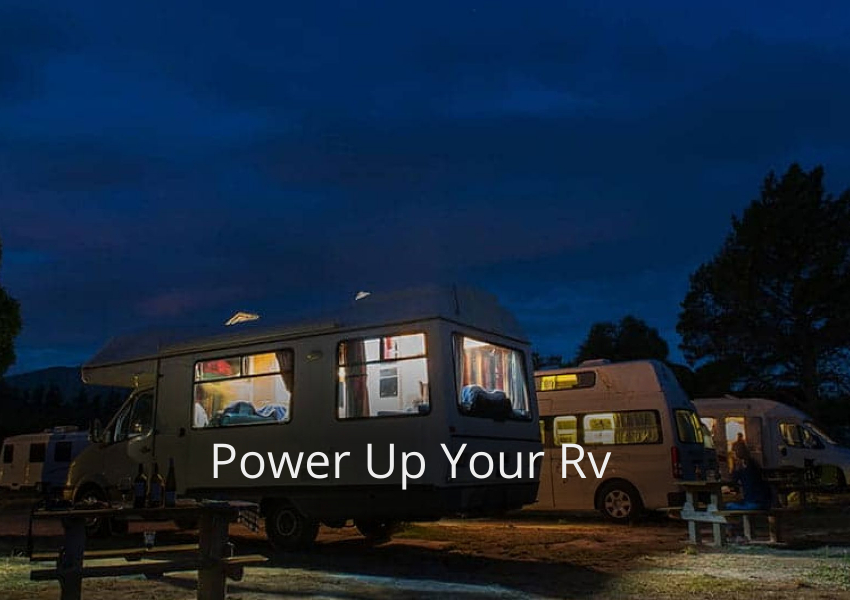
Charging Methods
The charging methods for RV batteries include power converter/charger, generator, vehicle alternator, and solar power, each with their own advantages and limitations.
The power converter/charger is the most common charging method and is built into most RVs. It converts 120-volt AC power to 12-volt DC power and charges the battery while plugged into shore power.
Generators are another option and are commonly used when boondocking or dry camping. They can provide power to multiple appliances while also charging the battery.
Trickle charging benefits should not be overlooked, especially during winter storage. Trickle charging is a low-amperage charge that is designed to maintain the battery’s charge and avoid sulfation. This process is crucial for extending the battery’s service life.
Solar panel installation is another charging method that is becoming increasingly popular. It is a free and convenient energy source that requires an upfront investment in supplies and installation but can save money in the long run. It can be used in conjunction with other charging methods or as a standalone option for off-grid camping.
Shore Power Charging
Connected to a 120v electrical outlet, the shore power charging method is an automatic process using the RV’s power converter/charger and is typically the best option for charging RV batteries.
The benefits of using shore power include its convenience, reliability, and ease of use. It allows for the simultaneous charging of all batteries within the RV, and the process is automatic once the shore power cord is plugged into the 120-volt outlet. The RV’s power converter/charger is designed to provide a safe and efficient charge to all batteries, maintaining their health and extending their lifespan.
However, there are also safety precautions that must be taken when using shore power. It is important to ensure that the shore power cord and outlet are properly rated for the RV’s electrical system. The cord and outlet should also be inspected regularly for any signs of wear or damage.
Overloading the system can cause damage to both the RV and its electrical components, and it is essential to follow the manufacturer’s guidelines and instructions when using shore power to charge RV batteries.
By taking these precautions, RV owners can safely and effectively use shore power to charge their batteries and ensure their RV is ready for the next adventure.
Best Option
When considering the most effective option for charging RV batteries, various factors such as availability, speed, and cost must be taken into account. To help determine the best option, it is important to conduct an efficiency comparison and cost analysis of each method.
Efficiency comparison:
- Shore power charging: This method is the most effective and efficient option for charging RV batteries, as it uses an automatic process through the RV’s power converter/charger.
- Solar power charging: While this method is free and convenient, it may not be as efficient as shore power charging due to limitations such as weather conditions and the need for upfront investment in supplies and installation.
- Charging with generator or alternator: These options may be necessary when boondocking or without access to electricity, but they may not be as efficient or cost-effective as shore power charging.
Cost analysis:
- Shore power charging: This method is the most cost-effective option, as it utilizes the RV’s power converter/charger and does not require any additional investment.
- Solar power charging: While this method may be free, the upfront investment in supplies and installation can be costly.
- Charging with generator or alternator: These options may require additional investment in the form of a generator or DC to DC battery charger, making them less cost-effective than shore power charging.
Overall, the best option for charging RV batteries depends on individual needs and circumstances. While shore power charging is the most efficient and cost-effective option, solar power charging may be preferred for its convenience and sustainability. Charging with a generator or alternator may be necessary in certain situations, but may not be as efficient or cost-effective as shore power charging.
Frequently Asked Questions
How long does it typically take to fully charge an RV battery using each of the four charging methods?
The RV battery charging time varies with the charging method used, battery capacity, and level of discharge. Optimal charging methods include using a power converter/charger with shore power, a generator, solar power, or a vehicle alternator. Charging times range from a few hours to a day or more, depending on the method used.
Can you use more than one charging method at the same time to speed up the process?
Combining charging methods can increase efficiency, but it’s important to understand the limitations and potential risks. Efficiency comparison of charging methods is essential to determine the best approach. Technical knowledge and precision are crucial in implementing multiple charging methods simultaneously.
Are there any safety precautions or special considerations to keep in mind when charging RV batteries?
RV battery maintenance requires attention to charging safety. Proper ventilation, avoiding overcharging, and checking water levels in flooded batteries are essential. Use only recommended charging methods and equipment.
How do you know when your RV batteries are fully charged and ready to use?
RV battery maintenance includes monitoring battery capacity to determine when they are fully charged and ready to use. This can be done using a battery monitor or by checking battery voltage. It’s important to avoid overcharging to prevent damage and extend battery life.
Are there any alternative power sources or charging methods for RV batteries that were not mentioned in the article?
Alternative power sources for charging RV batteries include wind turbines, hydroelectric generators, and fuel cells. However, these options may not always be efficient and may require more upfront investment than traditional methods like solar power or generators.
